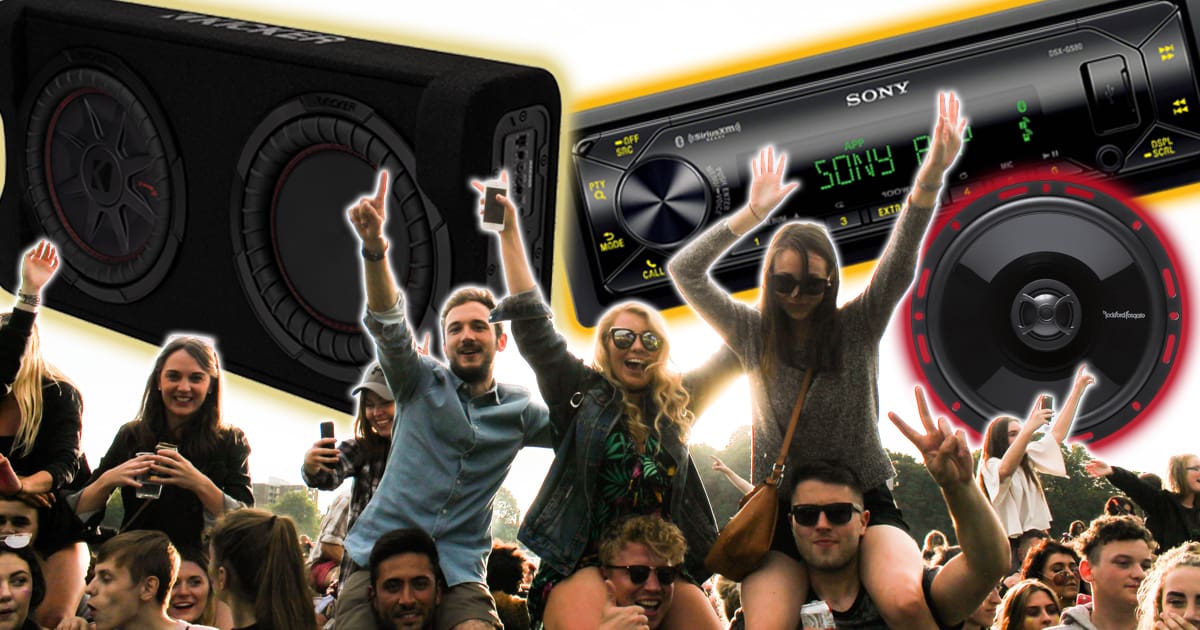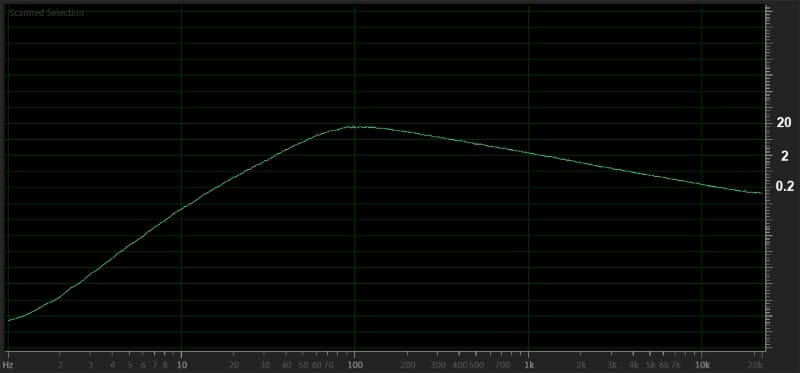Most car audio enthusiasts know that the typical car radio can produce 18 to 20 watts of power per channel from its internal amplifier. If you send a full-range signal to the front and rear speakers, this is usually enough power to enjoy your music at modest listening levels. That said, it’s not enough power to make the music really fun. Let’s look at what happens when we add a powered subwoofer system and how much more we can get from the radio’s tiny amplifier.
Radio Amplifier Power Ratings
For decades, there’s been some confusion around radio power ratings. As far back as the ’90s and maybe longer, we’ve seen radios with 50Wx4 screened on the front panel. Most knew that the little amplifier integrated circuit built into the radio could produce less than half of that. So, where did this marketing disaster come from? In most cases, it’s from the companies that manufacture the amplifier chips.
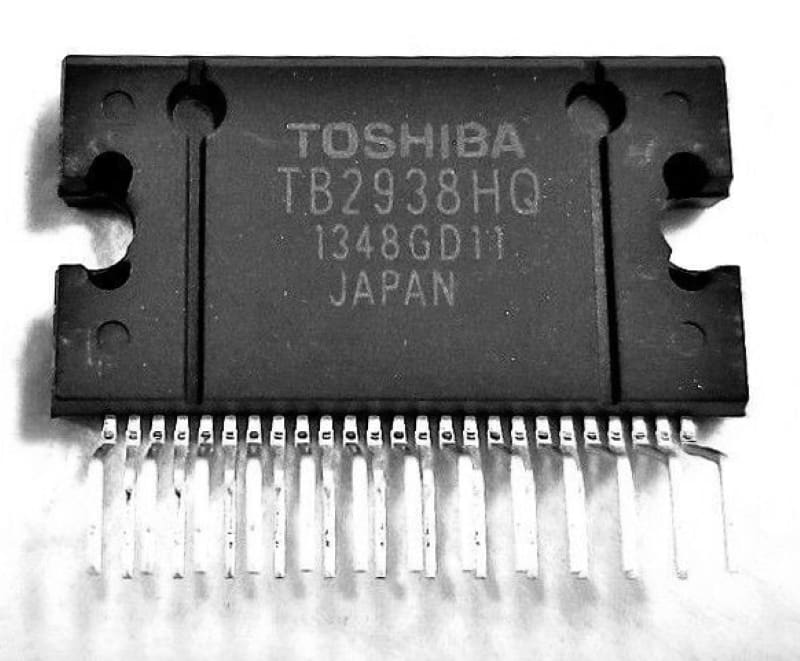
Dig through the specification sheet for a typical amplifier IC like the Toshiba shown above. You’ll see that this amplifier has a maximum power rating of 49 watts per channel. However, that’s its maximum power output without a harmonic distortion specification. As such, it’s likely producing a square wave rather than music. The measurement is valid but functionally useless. When we tame the output to 10% THD and measure the output at a more reasonable 14.4 volts, we see they claim it can produce 29 watts per channel. That’s a far cry from 49 watts. Sadly, 10% THD would sound highly distorted.

Further research brings us closer to the numbers that we can use and what we measure in the lab. Toshiba has included an output power versus distortion graph further into the specification document. The chart shows the output power versus the total harmonic distortion level of the amplifier IC at three different power supply voltages. If you look at the 13.2-volt trace, you can see this amplifier produces just shy of 20 watts per channel at 1 kHz into a 4-ohm load.
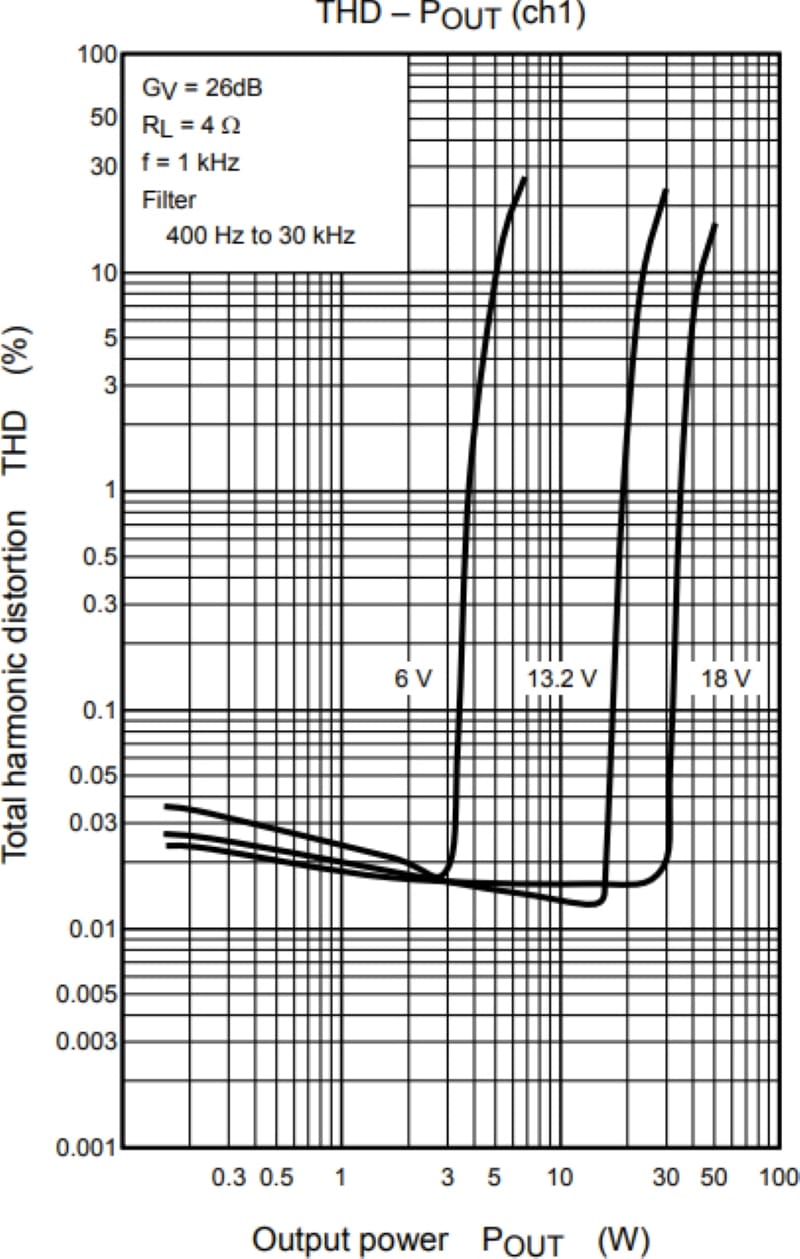
So, regarding radio power ratings, is the claim of 50+ watts of clean, usable power to each of the four channels realistic? Absolutely not! However, when one company claims its product can do that, others must follow or risk losing sales.
There is an exception to this. Sony has several source units that use an amplifier IC that can produce 45 watts per channel. They call these radios 100Wx4 to keep the marketing story in line with the rest of the industry. We’ve seen legitimate tests of these units, which live up to their continuous power claims without breaking a sweat.
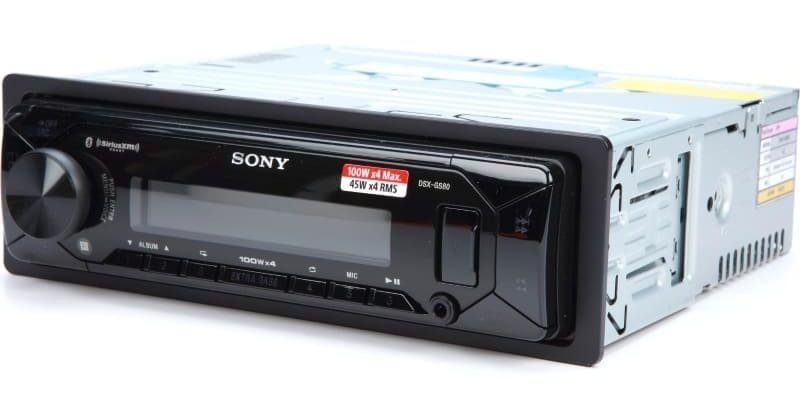
Wrapping this up, let’s say the typical aftermarket car radio power rating is 20 watts of usable output. This number will keep the math simple as we move forward.
Audio Signals and Power Distribution
You should know that low audio frequencies require the most power to reproduce. Consider how much a subwoofer moves to produce bass notes versus how effortlessly a midrange speaker works for high-frequency sounds. The difference is massive. Let’s look at the frequency content of four songs from decidedly different genres.
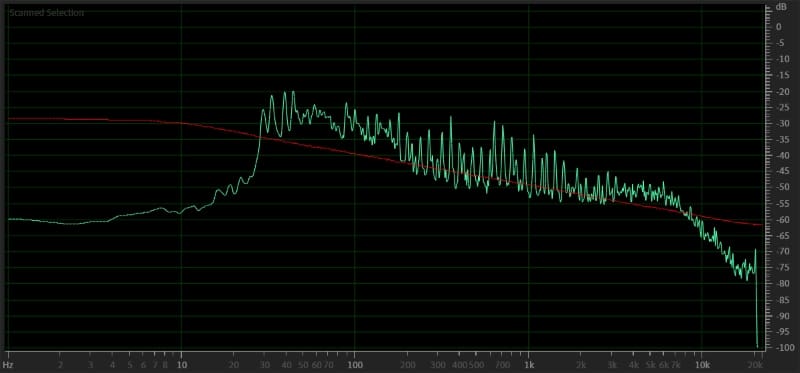
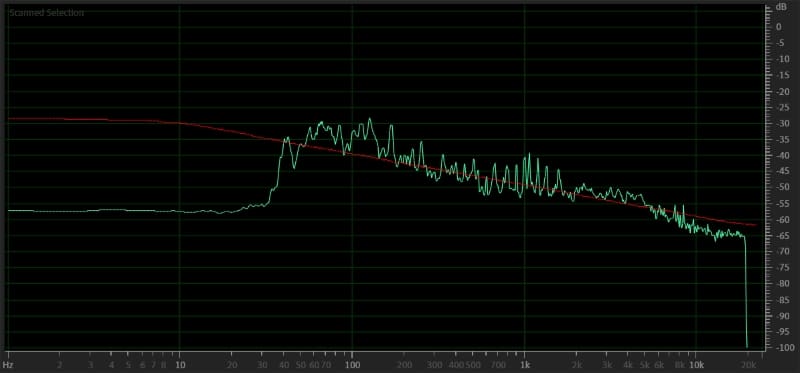
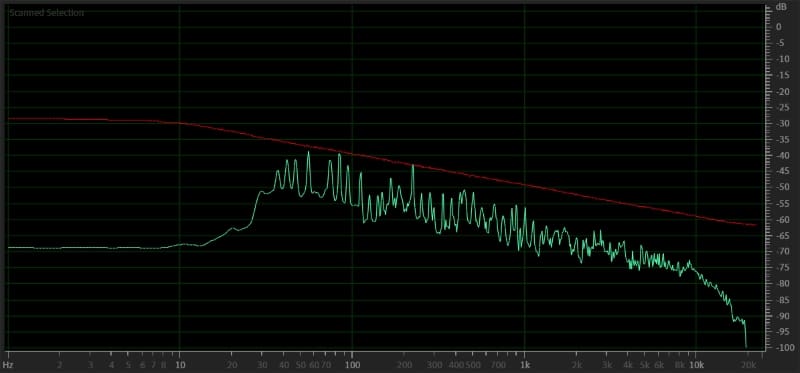
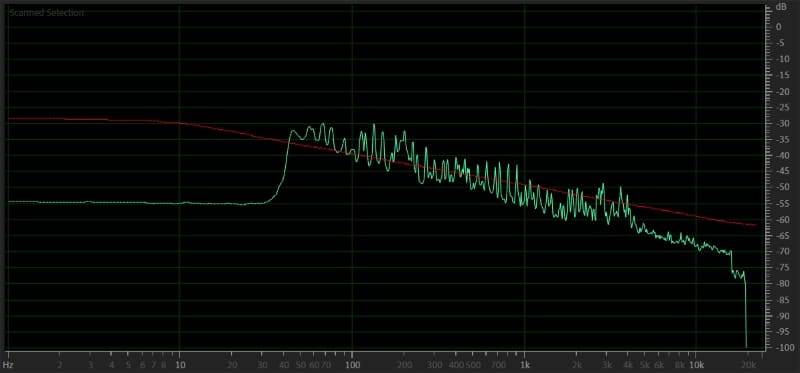
The green traces in the above four images quantify the audio information based on frequency throughout each song. You can see that “Fast Car” is a much quieter song than the other three.
The critical thing to recognize from this analysis is that all four tracks roughly follow the shape of pink noise. Each graph has pink noise indicated by the red line in the background. Pink noise attenuates at a rate of 10 dB per decade or just over 3 dB per octave above 10 hertz. Pink noise correlates to how humans perceive sounds.
The following four images show the amplitude waveform of each song.
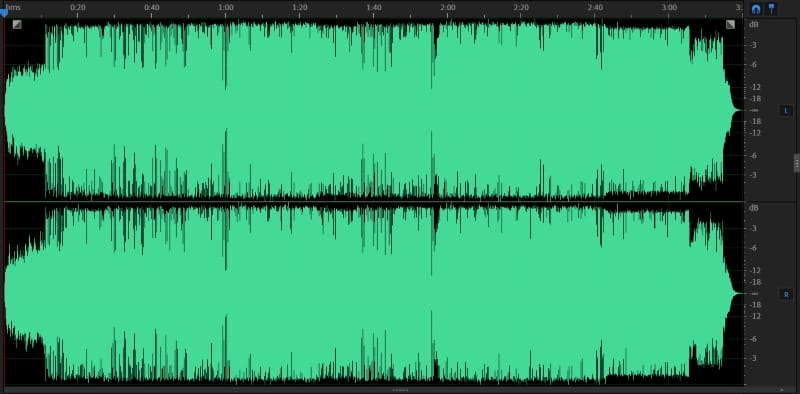
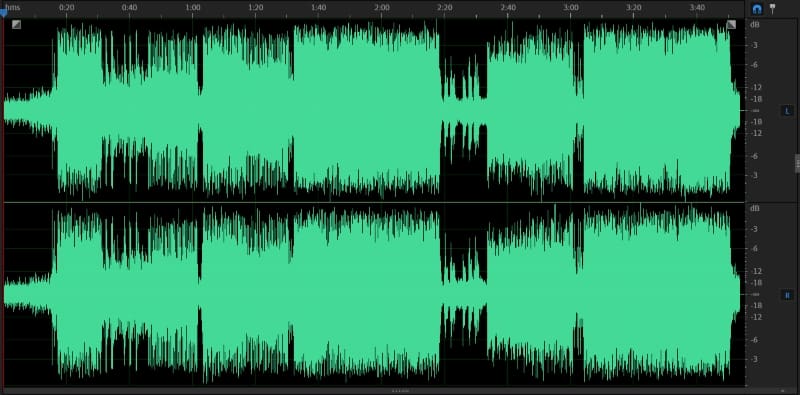
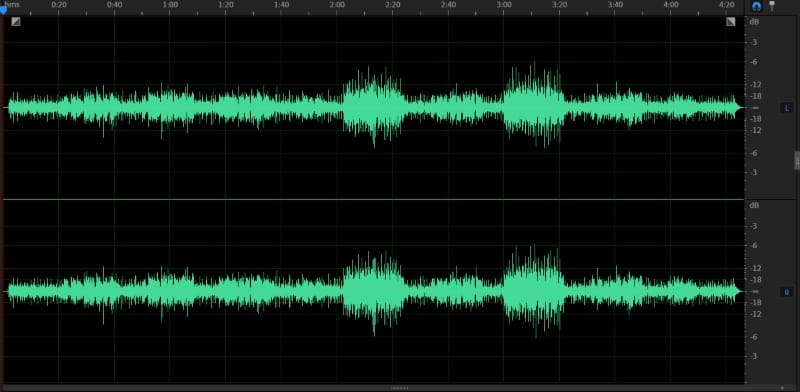
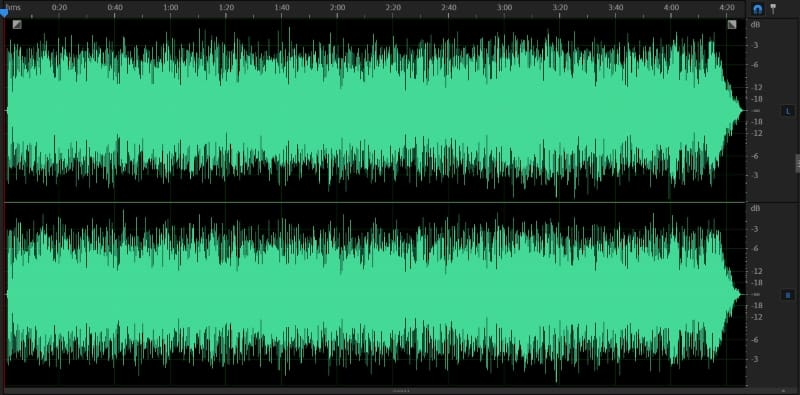
It’s easy to see which songs are the loudest. Tracy Chapman’s “Fast Car” has a peak amplitude of -5.75 dB and an average RMS amplitude of -31.4 dB. By contrast, “Blinding Lights” has 24 clipped samples with a peak amplitude of +0.58 dB. The average RMS amplitude of this song is -11.32 dB. That’s a significant difference! These measurements open up a whole other can of worms about modern music production and compression that we aren’t going to get into in this article.
What Does Adding a Subwoofer Do to Perceived Radio Power?
Most car audio enthusiasts equate adding a subwoofer to providing their car audio system with the ability to produce low-frequency information at higher volume levels. Crucial to this discussion, a subwoofer also alleviates the need for the smaller speakers in your vehicle to reproduce bass frequencies. People who understand how speakers work understand that their distortion levels are directly proportional to cone excursion. Increased cone excursion is required to reproduce music with more low-frequency content. In short, bass makes your music speakers sound bad. If a subwoofer can take over the low-frequency duties, the speakers and amp driving them can focus on midrange information.
Pink Noise and Audio Power Distribution
Let’s look at our pink noise graph closely for a second.
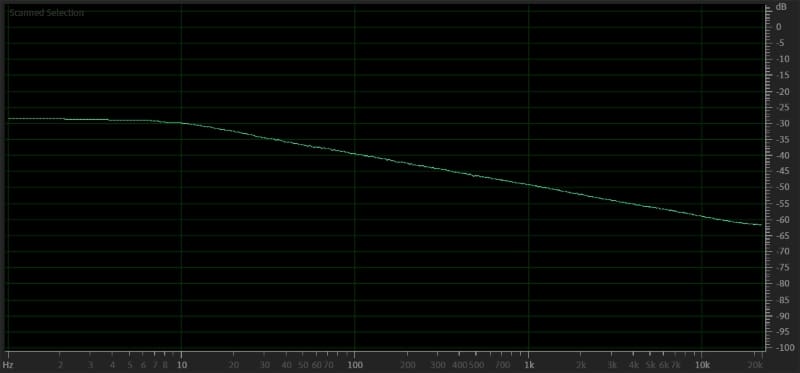
Let’s start with deep bass frequencies around 10 Hz. The random frequency content of our pink noise track shows an average energy level of -30 dB at 10 Hz. If we move up to 100 Hz, the average energy level is down at -40 dB. It requires 10 dB less power from our amplifiers to reproduce 100 Hz than it does to reproduce 10 Hz. Ten dB less power from 100 watts is 10 watts. If we continue to higher frequencies and look at 1 kHz, the average amplitude is now down at -50 dB. Your amplifier would only need to produce 1 watt of power to reproduce 1 kHz at the same amplitude as 100 watts at 10 Hz. This continues again at 10 kHz, with the level now down around -60 dB. Your tweeters would only get 0.1 watt at this frequency.
Most car audio systems use a crossover point of about 80 hertz between the midrange speakers and subwoofers. Let’s look at what happens to our pink noise graph if we apply a second-order high-pass Butterworth filter to eliminate bass frequencies.
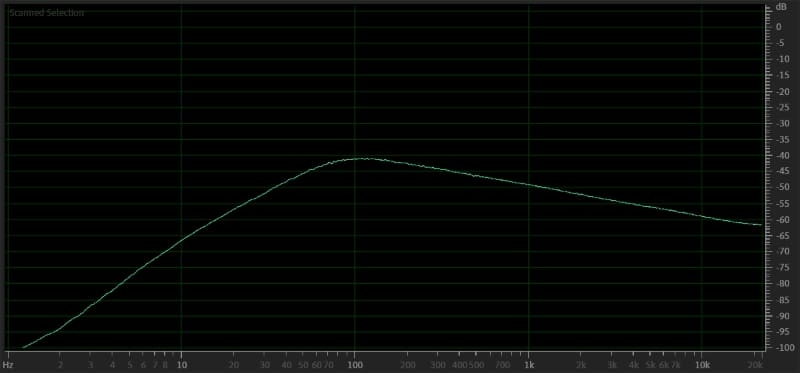
With the filter applied, we’ve dramatically reduced the bass information in our test track. The peak amplitude is now at -41 dB at 110 hertz instead of -30 dB at 10 Hz. Our amplifier can reproduce midrange audio information to the smaller speakers using 1/10 as much power at the same volume level as before. No, there won’t be any bass yet.
Let’s think about this last statement in a different way. If we have a 20-watt-per-channel radio driving full-range speakers, we might run out of power at something like 90 dB SPL. If we add a subwoofer and tune it so the system has the same frequency response, we have lots of power left over from the radio now that it doesn’t have to send bass to the small speakers. We can turn the radio volume up by another 10 dB without running out of power. This is one of the reasons why car radios have so much gain overlap.
The image below shows our pink noise filtered with an 80 Hz crossover. The green trace has a high-pass filter, and the yellow trace has a low-pass filter.
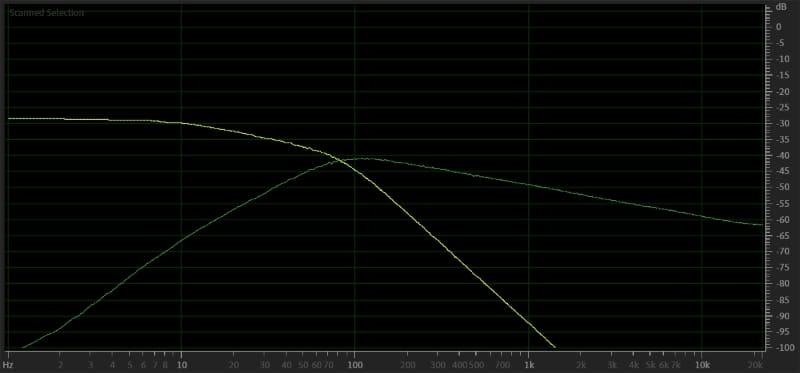
This concept is complicated, so let’s look at the graph differently.
This first graph shows us how loud an aftermarket radio can play before it starts to distort. I’ve added new labels to show the power required to reproduce those frequencies.
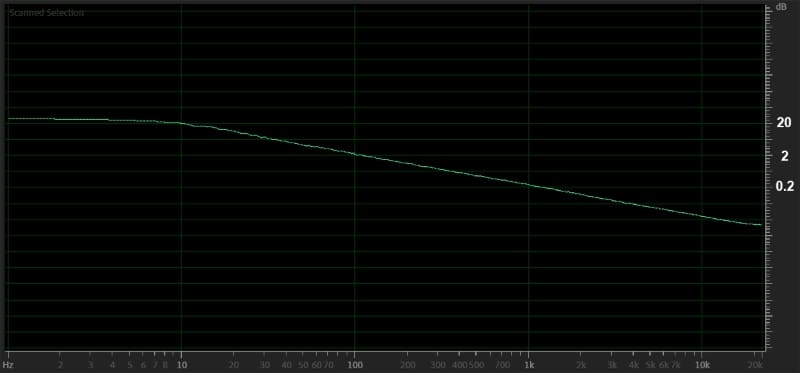
Let’s apply a high-pass filter at 80 Hz and look at the graph again.
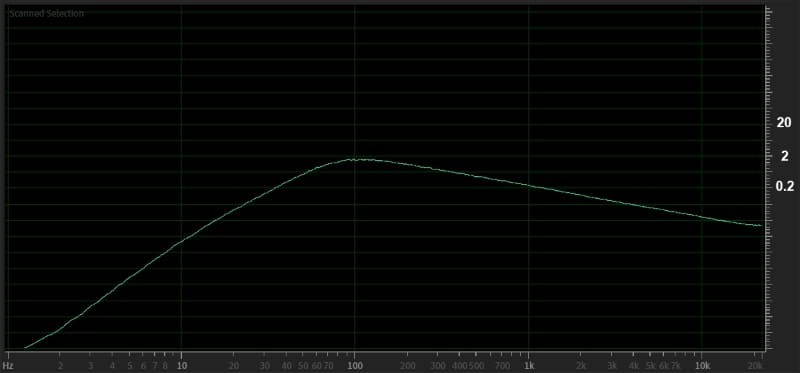
As you can see, the radio needs less than 2 watts of power to play the same music at the same volume when we filter the audio information below 80 Hz. We haven’t touched the volume on the radio, but we are only using a tiny bit of the available power.
Now, we still have 20 watts of power available, right? So we can turn the volume up higher and use that power.
With the bass removed, we can increase the volume by another 10 dB to drive our speakers. The signal from the radio will stay clear and won’t distort.
Add a Subwoofer to Your Car Audio System
If you have a car stereo system that uses an aftermarket radio to drive the speakers, you can dramatically increase the system’s capabilities and performance by adding a subwoofer. Aside from having a driver dedicated to playing bass information, your small speakers will sound much clearer. With no bass in the signal, 20 watts of radio power is likely enough to keep up with the subwoofer. The little amplifier built into the radio can produce the same output above 80 Hz as a 200-watt amp driving full-range speakers. That’s wild! Make sure you pick a radio with built-in crossovers, and the upgrade will be simple.
Drop by a local specialty mobile enhancement retailer today to find out about the subwoofer upgrades that are available for your car or truck. You’ll be glad you did!
